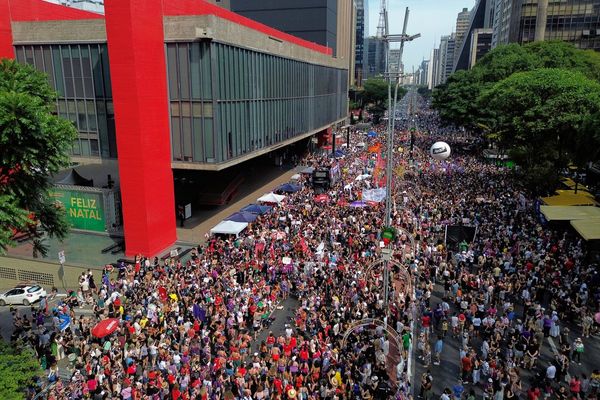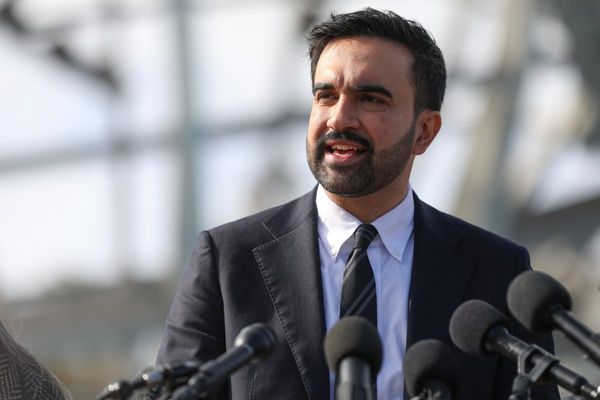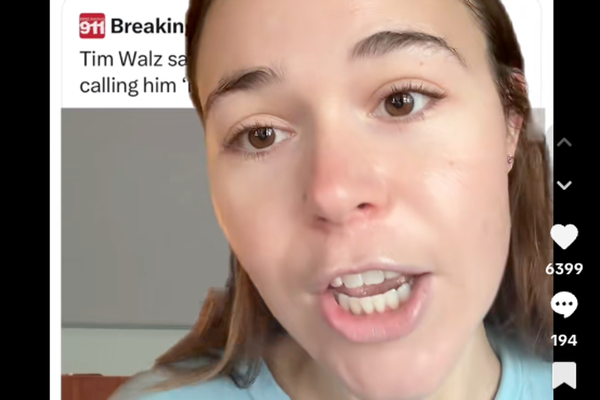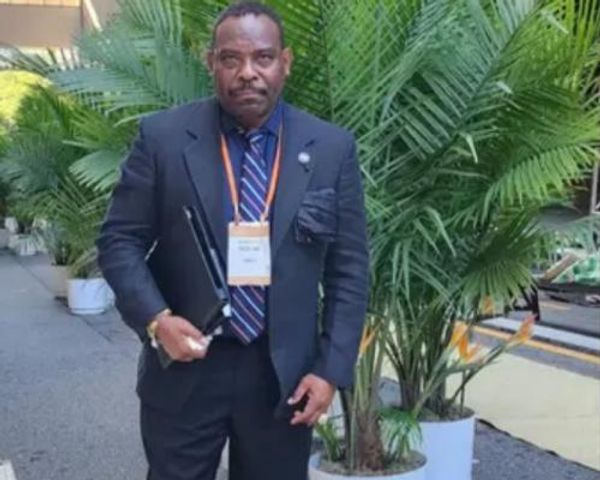
Tesla’s network of Superchargers is the envy of the entire automotive industry. It's extensive, it's reliable and it's seamless. But as more and more drivers from other electric-vehicle brands get on the Tesla charging network as well, they should know that they can lose a lot of money if they leave their cars plugged in too long.
But some Tesla owners have figured out a clever workaround to what's known as "idle fees." TikTok user Marshmello Cloud (@marshmello.cloud) recently filmed himself sprinting to avoid additional fees while using one of the company’s Superchargers.
“POV: you’re sprinting back to your Tesla to beat the Supercharger idle fees,” a text overlay on Marshmello’s TikTok video says. He crosses the street as fast-paced music plays in the background. When he arrives at the charger, he immediately removes the charging cable from his car. The video closes with him placing the cable back in its docking port.
According to a caption in the post, he often does the "Tesla Sprint" when he’s Supercharging his EV.
What Is A Tesla Supercharger Idle Fee?
Tesla’s Supercharging network is meant to be used in small doses. The idea is that a short boost of supercharging, perhaps just 15 minutes or so, can make sure people can get where they’re going. While some EV owners depend entirely on DC fast-charging networks—often because they have no choice—this is generally not recommended for long-term battery health reasons.
Still, it gets the job done. Depending on the car and its battery size, the various Teslas can charge to 80% in about 30 to 45 minutes on a Supercharger. This varies based on the battery’s size and age, ambient temperature, vehicle configuration, and starting state of charge.
The idle fees actually have their roots in Tesla owners being inconvenienced by other drivers leaving their cars plugged in too long.
In 2016, Elon Musk was applauded for swiftly addressing Tesla drivers leaving their vehicles at Superchargers. X (then Twitter) user Loic Le Meur tagged Musk in a post about his grievance with what he viewed as the inconsiderate practice of leaving a vehicle plugged into a Supercharger for an extended period of time. “The San Mateo Supercharger is always full with idiots who leave their Tesla for hours even if already charged,” Le Muir wrote.
Musk wrote back, “You're right, this is becoming an issue. Supercharger spots are meant for charging, not parking. Will take action.” Within days, Tesla began charging an idle fee to anyone who leaves their car plugged in for more than five minutes after it finishes charging. The EV manufacturer now charges $0.50 per minute if the Supercharger station is at 50% capacity or more. If it’s at 100% capacity, the fee doubles.
In other words, each hour of idle time can cost you $30-$60. Since Tesla created idle fees, many Supercharger users, like Marshmello, have found themselves rushing to get back to their rides to avoid paying.
While the fee may be annoying, many people remain grateful that drivers are disincentivized to simply plug their vehicle into a Supercharger and leave it. It’s a real faux pas among EV owners.
“I don’t leave my car when it’s Supercharging and even when I do, I try to stay as local as possible,” one commented on Marshmello’s post.
Charging a fee for leaving a car on the Supercharger after it’s done helps ensure more people can use the devices. Since then, other networks have opted to do this too, including Electrify America.
Can You Avoid Paying A Tesla Supercharger Idle Fee?
There may be a hack to avoid paying the fee if you can’t make it back to the vehicle in time, however.
Many Teslas are set to only charge up to 80% on a Supercharger by default. Doing so helps to prevent lithium-ion battery degradation, which is why Tesla advises owners to generally avoid charging past 90% for their daily driving needs. Topping it off to 100% is typically advised only for longer commutes, as this will help keep battery cells from degrading too quickly over time.
So if you want to ignore that advice—or simply cannot get back to your vehicle in time—you can change the charging settings to 100% in the Tesla app. Since getting that last 20% of charge takes longer on any battery, you may have bought yourself some time.
“Charge to 80% then when it says it’s about to be ready,” one person advised Marshmello. “Go into the app and change the charging limit to 100%. Remember, charging between 80-100% is much slower.”
It won’t allow you to avoid the fee indefinitely, but it can help for a little bit—and save money. Another person agreed. “Oldest trick in the book,” they said.
But EV drivers should know that this also probably isn't great EV charging etiquette, as other people around your car could be eagerly waiting to plug in too. And as noted, it's bad for your battery health long-term. Keep this trick in your back pocket when you need it, but in general, if you plug into a Supercharger, plan to come get it when it's ready—no matter what.
InsideEVs has reached out to Marshmello via TikTok comment for further information. We'll update this if he responds.







